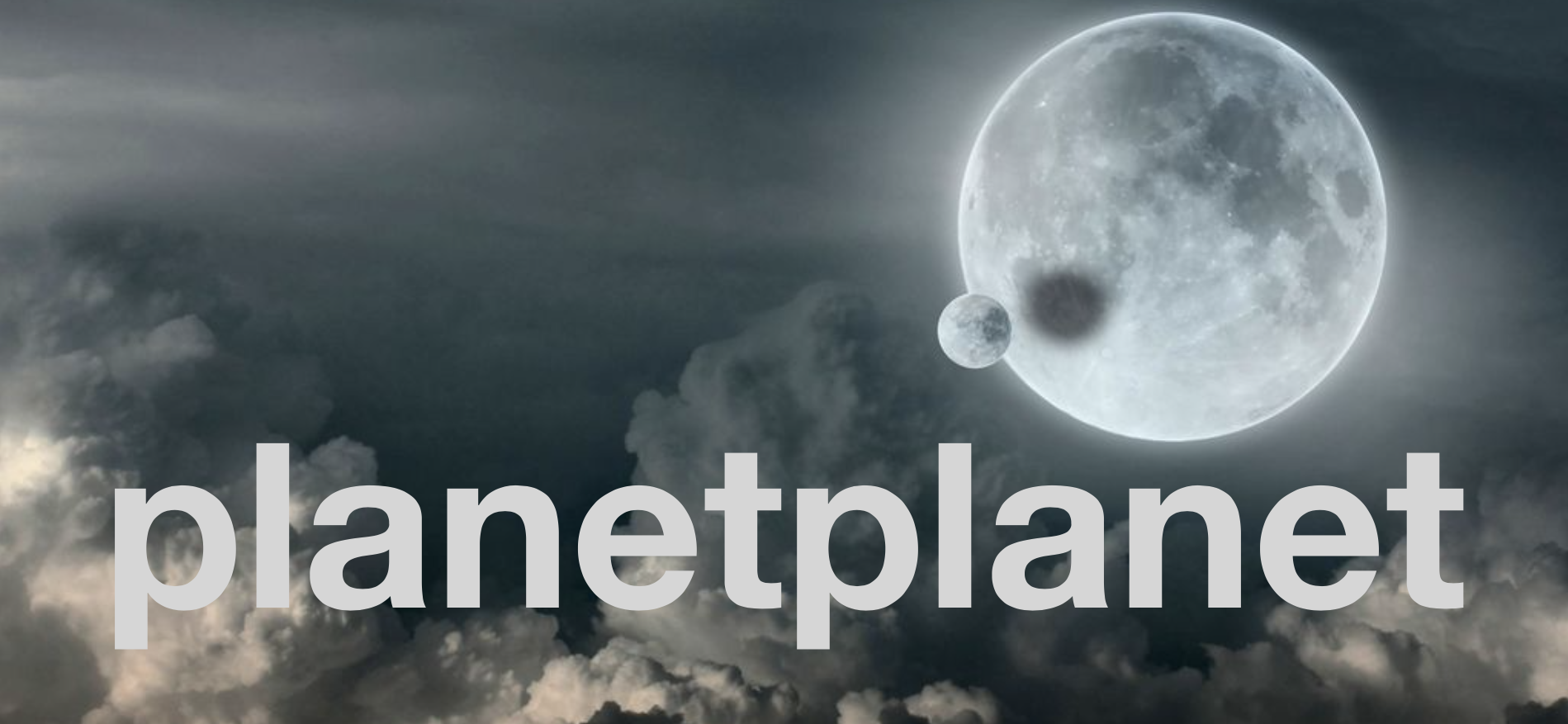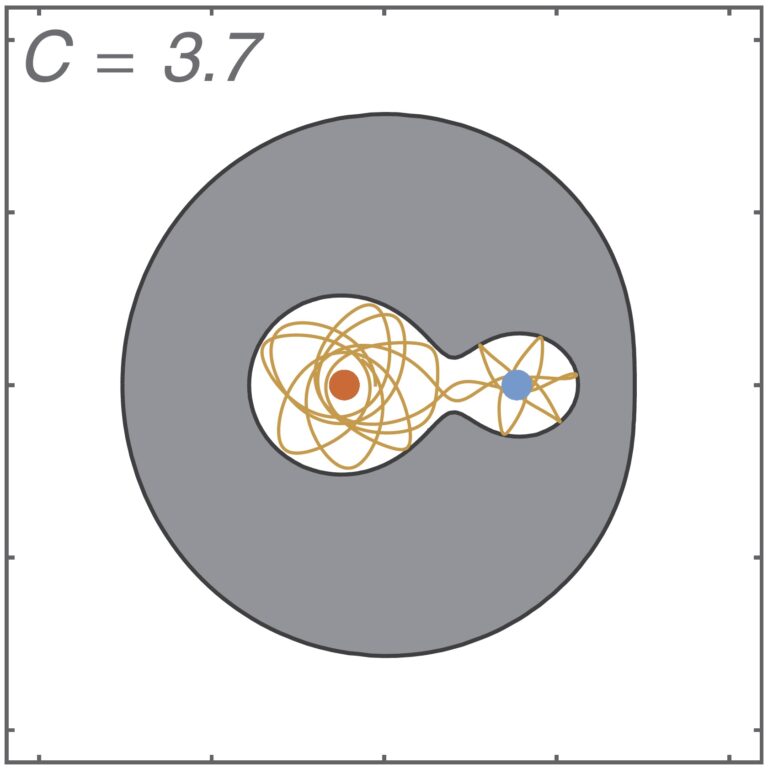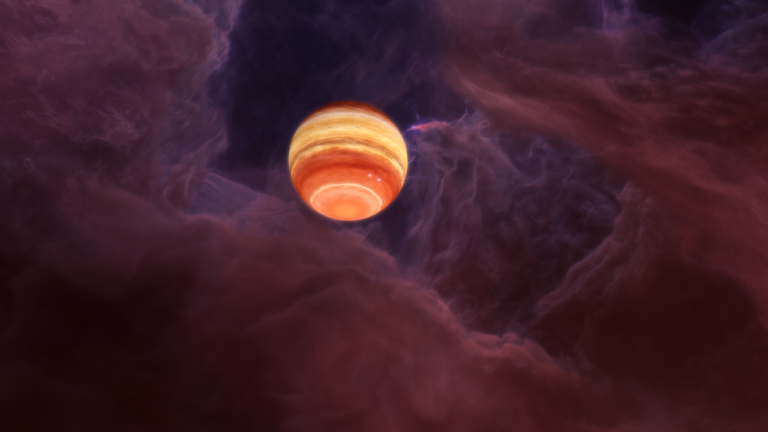‘Oumuamua: the gift that keeps on giving
Planets and bread may have something in common.
The starter.
Some of the best breads use a yeast starter. A starter is just a small piece of dough from an older batch of bread. The starter provides the yeast for the next batch. Each batch builds on the last one.
An essential ingredient for today’s loaf comes from yesterday’s.

What does bread have to do with planets?
Our recipe for building planets starts from planetesimals. These are the asteroids you probably think of — potato-shaped chunks of rock and ice many kilometers across.
Planetesimals are the seeds of planets, the starter.
Planetesimals grow by sweeping up drifting pebbles as well as by colliding with other planetesimals. Collisions get more and more violent along the path to the growth of full-sized planets (for more details see the MOJO videos).
But without planetesimals, planets can’t form.
Where do planetesimals come from?
Historically, understanding how planetesimals form was a big problem.
As dust grows larger and larger, there is a particular size — somewhere between centimeter-sized “pebbles” and meter-sized “boulders” — at which the gas produces a strong headwind that pushes objects very quickly inward.
It was hard to understand how dust could grow into planetesimals without ending up in the Sun.
Newer thinking suggest that drifting dust is concentrated by interactions with the gas in the disk. Dust can then clump directly into kilometer-scale planetesimals.
Here is an animation of this process (called the “streaming instability”) made by Jake Simon — the changing colors show dust clumping and getting denser.
All that is needed to trigger this instability is for the dust to pile up and become concentrated relative to the gas. This is simple in some circumstances but not in others.
Overall, this idea has provided a big leap forward in our understanding of planet formation. But it’s not the whole story…
What if planet-forming disks are already seeded with planetesimals from the start?
Remember, space is only mostly empty. In between stars there’s some gas, a little dust, and the occasional interstellar planetesimal.
The discovery of ‘Oumuamua was not a surprise. Scientists had been searching for interstellar planetesimals for decades. Finding ‘Oumuamua gave us an estimate of how many are out there.
Where did ‘Oumuamua come from? There is still plenty of debate, but the simplest model (that does a good job of explaining several of its seemingly weird characteristics) suggests that ‘Oumuamua is just a leftover of planet formation around another star.
If interstellar objects are leftovers from earlier generations of planets, can they act as the starters for future generations?
Yes! And there are actually two ways that interstellar planetesimals can seed planet formation.
The setting: a giant cloud of gas and dust. Little clumps within this cloud are collapsing to form stars. Check out this awesome animation:
Young stars are surrounded by disks of material that is slowly falling onto the star. Those disks are where the action is, where planets form.
Star-forming clouds are big. At any given time, a huge number of interstellar planetesimals are passing through them. A fraction of interstellar planetesimals are moving slowly enough that they can be captured by new stars as they form.
A recent study by Susanne Pfalzner and Michele Bannister found that each star may capture millions to billions of interstellar planetesimals!
Most captured planetesimals are likely to be on tilted, cloud-like (rather than disk-like) orbits. But some will indeed be in the right plane, within the disk.
Planet-forming disks can also act as nets to capture interstellar planetesimals that are zooming by.
Another study by Evgeni Grishin and colleagues showed that the headwind drag when objects pass through the disk can slow them down and lead to their capture. This process can seed disks with tens of thousands of planetesimals.

In very dense, busy star-forming clusters this process is even more efficient and can capture millions of planetesimals into the disk.
What happens next?
Captured planetesimal seeds may act as the starters for planet formation. They can sweep up small pebbles and jump-start planet growth even if planetesimals have not yet had time to form locally.
This removes a bottleneck in the standard picture of how planets form. With planetesimals in the disk from very early, planets may be able to jump ahead and grow quickly.
But only big planetesimals can grab onto drifting pebbles and jump-start their growth. Small planetesimals grow by colliding with other small planetesimals, so captured bodies may just have to wait for planetesimals to grow within the disk anyway.
It may be the case that only a fraction of planet-forming disks are really helped along by planetesimal capture. These would be the lucky systems that are seeded with one or more big interstellar planetesimals (say, 100 kilometers or larger). Big seeds would outgrow everything in sight and really get planet formation moving quickly. Other systems with small seeds would grow more slowly.
Still, based on how many there are, interstellar planetesimals must contribute material to growing planetary systems. Sometimes they may not make a difference, but in other cases they could be essential.
Even if — like a yeast starter for bread — interstellar planetesimals seed the growth of other planets, planetesimals still must form within disks themselves.
There is no way around this conclusion. There had to be a first batch of bread dough and a first generation of planetesimals!
And, most likely, planetesimals still form within their home disks also. The question is: how much are they helped along by captured planetesimal starters?
Questions? Comments? Words of wisdom?
Resources
- ‘Oumuamua Wikipedia page.
- Blog post: Is ‘Oumuamua an alien spacecraft? (spoiler: no)
- A hypothesis on the rapid formation of planets by Susanne Pfalzner and Michele Bannister.
- Planet seeding through gas-assisted capture of interstellar objects by Evgeni Grishin, Hagai Perets and Yael Avni.
- The ‘Oumuamua ISSI team webpage
- My comet fragment model for the origin of ‘Oumuamua: blog or video or scientific paper.






Regarding your reference to why particles of certain size range fall into the sun, I think your comment that ‘the gas produces a strong headwind’ is a poor explanation of the most important affect. There are excellent explanations of the Poynting Roberson affect on-line.
FYI this isn’t the PR effect, it’s aerodynamic gas drag: https://en.wikipedia.org/wiki/Drag_(physics)
How does it feel to always be wrong? Truth can be found on charles Phillip’s facebook lite. Oumuamua was alien controlled. 4803490804
On charles Phillip’s facebook lite you will see I received pics of oumuamua 10/03/2017 but it wasnt discovered until 16 days later. Alien ambassador 4803490804
I find it surprising no one had proposed captured planetesimal seeding the growth of planet before now.
If the idea was already around I had not heard about it before. If you find a reference to anything older than these studies I would love to hear about it
I remember a science fiction novel where they found a rock with a fossil from another planet incorporated in a comet, but that is more panspermia than planet formation.
I guess seeding planets from xeno-planetesimals hadn’t come up before because discussion of pebble accretion was preceded by discussion of streaming instabilities so they had a ready source of seeds generated by the same pebbles. Then proposing planets were seeded by material ejected from other planetary systems begs the question “where did the first planet come from?”
I wonder what would happen if a rogue planet passed through a giant molecular cloud?
Would it seed the formation of a star?
Maybe the presence of interstellar planetsimals only enhances the planet-forming process. Maybe the first ones formed by unlikely chance and most of the rest followed.